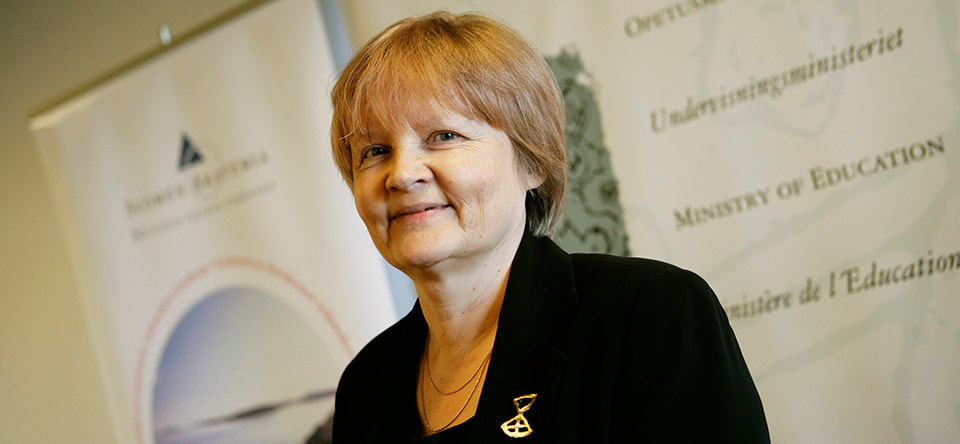|
By Ekaterina Dobryakova
Tianzi Jiang is a Director of the Brainnetome at the Institute of Automation the Chinese Academy of Sciences in Beijing, China and a Professor of Neuroimaging and Brainnetome at the Queensland Brain institute of University of Queensland, Australia. The Brainnetome Center attempts to take into consideration the social and environmental effects on the brain of individuals with psychiatric and neurological disorders while examining structural and functional brain characteristics in a multimodal fashion. The Brainnetome atlas, one of the major projects of the Brainnetome Center, currently contains 246 brain regions and allows examination of anatomical connectivity-based parcellation of various brain area. Here we briefly found out about Professor Jiang’s background and his diverse interests centered on the Brainnetome.
0 Comments
BY Jessica Turner
This year’s OHBM Talairach awardee, Professor Riitta Hari, has had a momentous impact in magnetoencephalography (MEG) research. A professor emerita and Academician of Science and member of the US National Academy of Sciences, she has led the Brain Research Unit of the Low Temperature Laboratory at Aalto University in Finland since 1982. Her work has been critical in understanding how MEG sheds light on brain activity, and how that dynamical activity contributes to cognitive functions including action observation. Here, Jessica Turner found out about Riitta’s background, her current work with artists and the remarkable, undistorted, window into the brain offered by MEG. By Ilona Lipp
While there is nothing I would rather research than the brain, I dare say that brain imaging does not always feel like the most rewarding field of science to be in. A single study takes months - more often years - to plan and conduct, the methods can be very expensive and constantly under development, and the results, no matter how interesting, most often just seem like a tiny puzzle piece that (with a lot of luck) will have a (modest) impact in the (distant) future. Coming from this perspective, it was very refreshing for me to talk to somebody whose imaging research is as applied as it can possibly be: Gil Rabinovici. Gil is a professor in neurology, specialized in memory and aging. Using PET imaging with pathology-specific tracers, he does not only investigate mechanisms behind neurodegeneration, but also assesses the clinical applicability and utility of his imaging methods. He recently launched a study on amyloid-PET in more than 18000 people all across the US. Gil will be one of the keynote speakers in Rome and I had the pleasure to find out a bit about him and his research ahead of time. Ilona Lipp (IL): Your research focuses on brain imaging in the context of neurodegeneration and dementia. What are these things called amyloids? Trainees represent more than half of all OHBM members (63% at OHBM 2018 in Singapore). In Singapore, the Student and Postdoc Special Interest Group (SP-SIG) organised the 'Secrets behind Success' Career Development Symposium and Lunch with Mentors event, where we heard very heartfelt and honest talks from Lucina Uddin and Tom Nichols, who talked about switching from academia to industry, and back again. The SP-SIG also hosted the Monday Night Social/Open Science Gala at 1-Altitude, with a breath-taking view of Marina Bay during the OHBM conference in Singapore. Beyond the annual conference, the SP-SIG provides ongoing support for trainees via the online international mentoring programme. This programme pairs researchers across the world, providing new links between OHBM members at different stages of their careers.
|
BLOG HOME
Archives
January 2024
|

 RSS Feed
RSS Feed